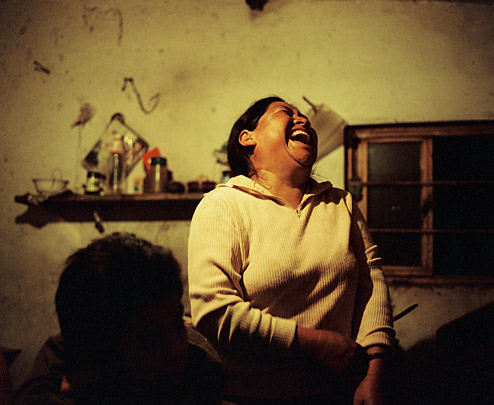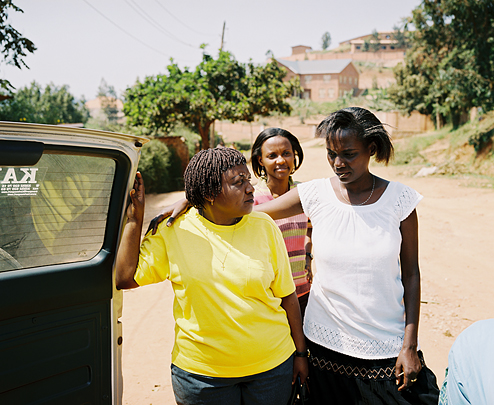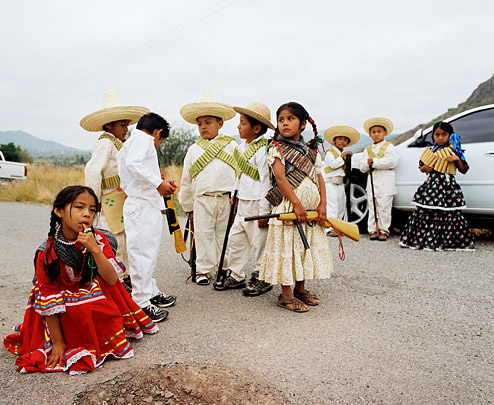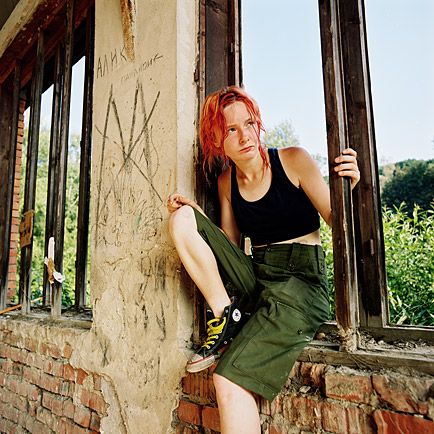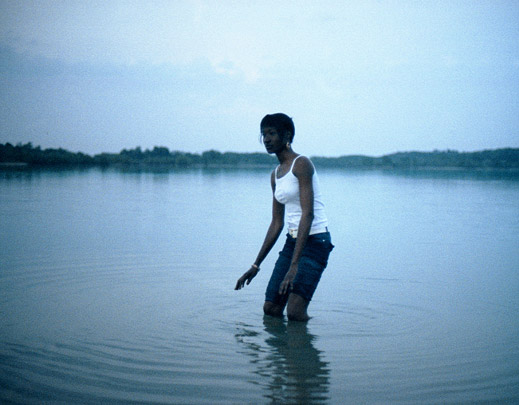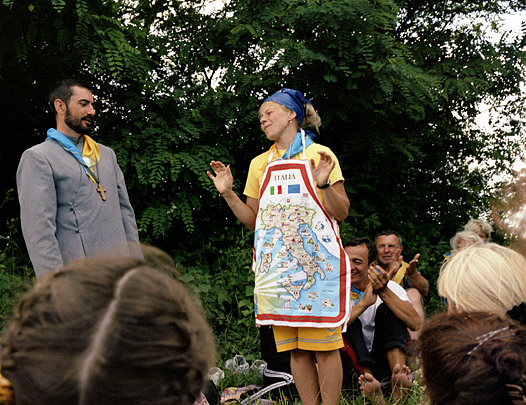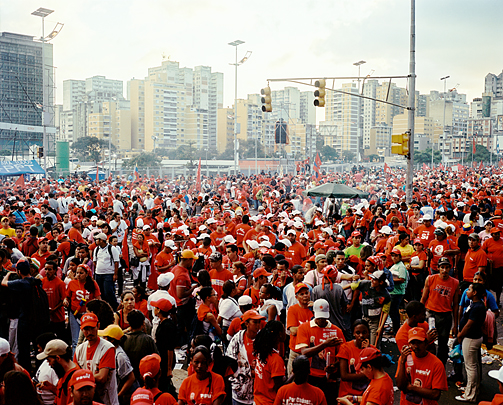

Hold the Line
Refugees at the southern Schengen border
Morocco, Spain 2005
"When they catch you, they deport you. 60 to 80 people per truck. The tarpaulin is kept shut, so you cannot see where they are bringing you. Somewhere in the Algerian desert, without water or food. Pregnant women, injured people, children, they do not care at all. Then you have to wait for nightfall. If you're lucky, you can see lights and you follow their direction. But if you're injured or if you get lost, it's over. Many of my buddies died the pockets full of money of thurst in the desert."
Derek, Nigeria
The European Union has been trying to shut its external borders for refugees for years now. Morocco has received more than 40 Million Euro, technical equipment, and know-how from the EU to preclude the continuation of refuge into European territory. A barbed-wire fence, metres high, now separates the Moroccan territory from the Spanish enclaves Ceuta and Melilla.
...
...
The border is "defended" conjointly by Moroccan armed forces and the Spanish Guardia Civil. Whoever tries to cross the fence, risks being severely wounded by rubber projectiles or shotguns and being killed by falling into the wires between the fences. The local human rights organisation PRODEIN estimates the number of "fence-deaths" in Melilla at 30 to 50 per year
In their makeshift dwellings in the woods near the Moroccan coast, the refugees constantly have to face violent raids and assaults by the police. On average, 500 refugees per week are deported in closed transporters to the southern Moroccan border and abandoned in the desert without provisions and water.
In consequence of the European measures of securing the borders, dark-skinned people have troubles moving freely through the Old Town of Tangiers in Morocco. Many risk going into the city only at night. During the day, life is happening on the roofs in a parallel reality.
